5 Foods You Think Are High Protein, But Actually Aren't

You might think you are amping up your protein intake high enough to build muscle and lose weight when you actually aren't. Dr. Stephanie Dunlop, MD, specializes in helping women over 30 lose weight and gain energy. In a new social media post, she reveals a few foods that most people falsely believe to be high in protein. "As a medical doctor, here are 5 foods you think are high protein but actually aren't
Here Is What Defines High Protein
"Let's talk about protein," she says. "Let's start with the basic definition of what would qualify a food as high protein! So, high protein means about 10g of protein per 100 calories. So if a food has 19-20g of protein for 200 calories or less—that's a win! Here are the 5 foods you might be mislabeling as protein powerhouses."
Protein Bars
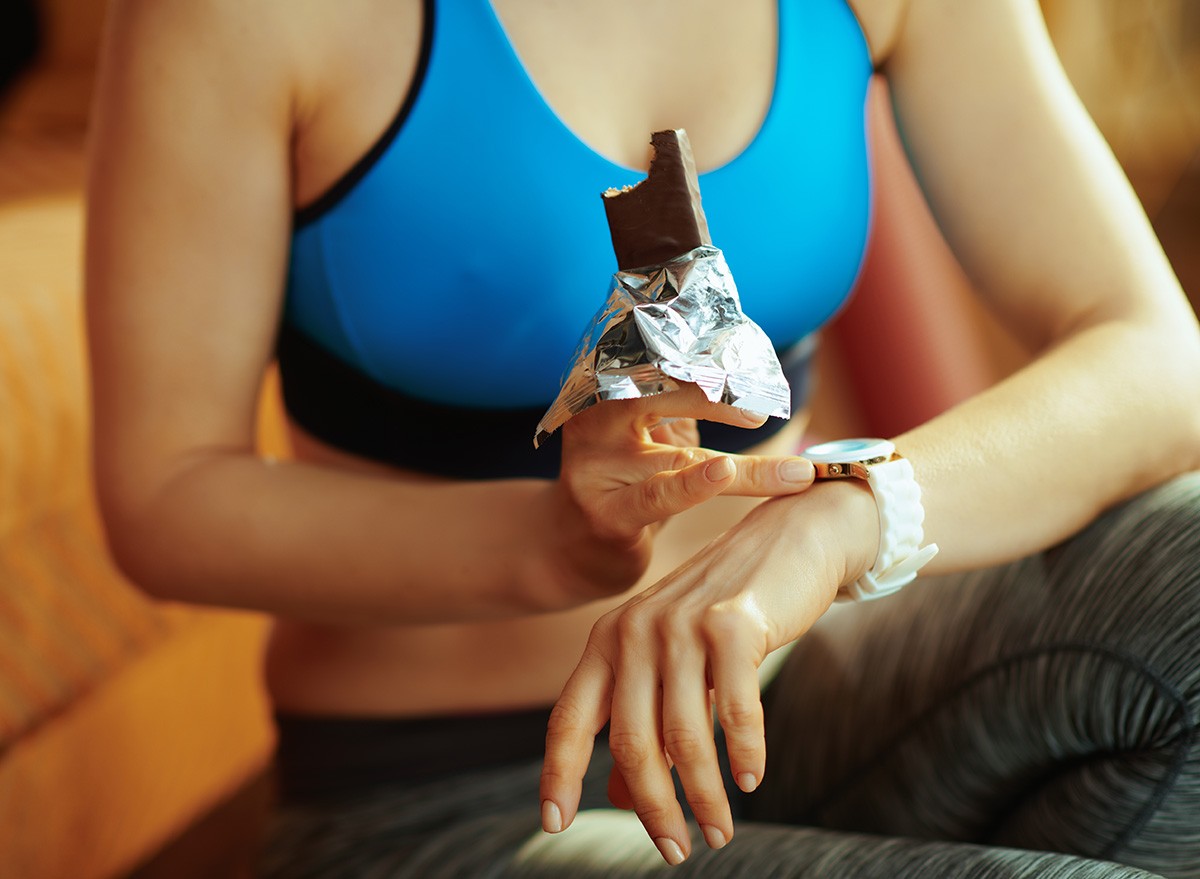
The first food people mislabel as high protein? Protein bars. "Protein bars are convenient, but many of them have more sugar than protein. Always check the label—don't be fooled by marketing!" she says.
Eggs
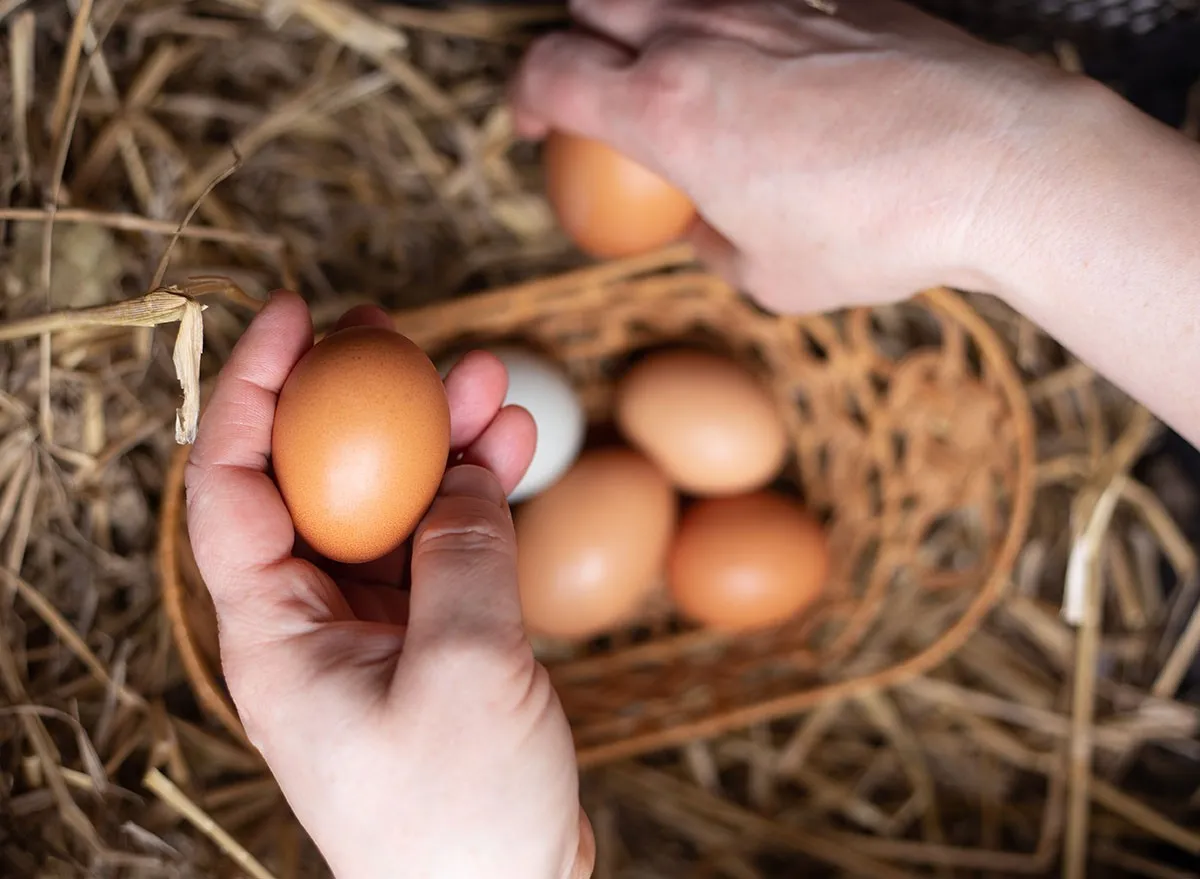
Many people believe that eggs are the best protein to start your day. However, they aren't as high as you might think. "Eggs are great, but 2 eggs only give you 12g of protein. Add some liquid egg whites or turkey sausage for a solid protein boost!" she writes.
Regular Yogurt
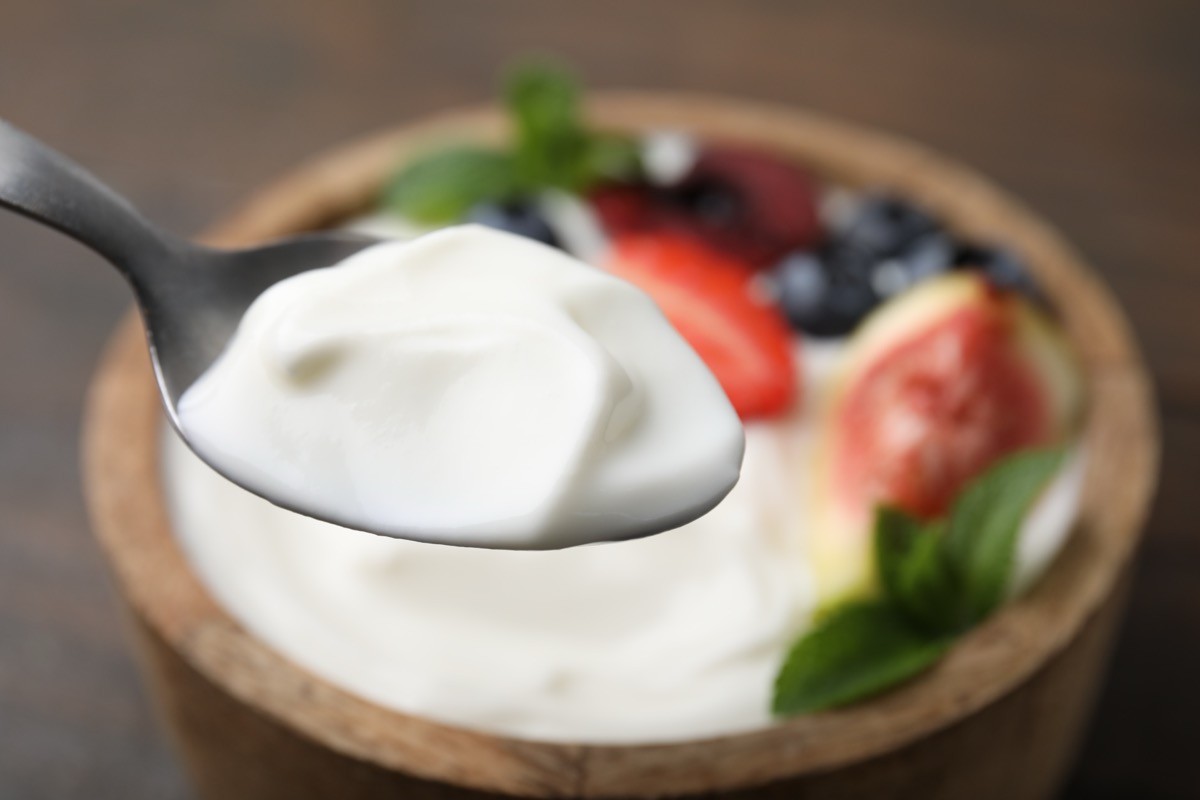
When it comes to yogurt, be selective. "Regular yogurt, like Dannon strawberry, has only 5g of protein for 160 calories. Compare that to Greek yogurt (Oikos) with 15g of protein for just 90 calories—huge difference!" she writes.
Peanut Butter
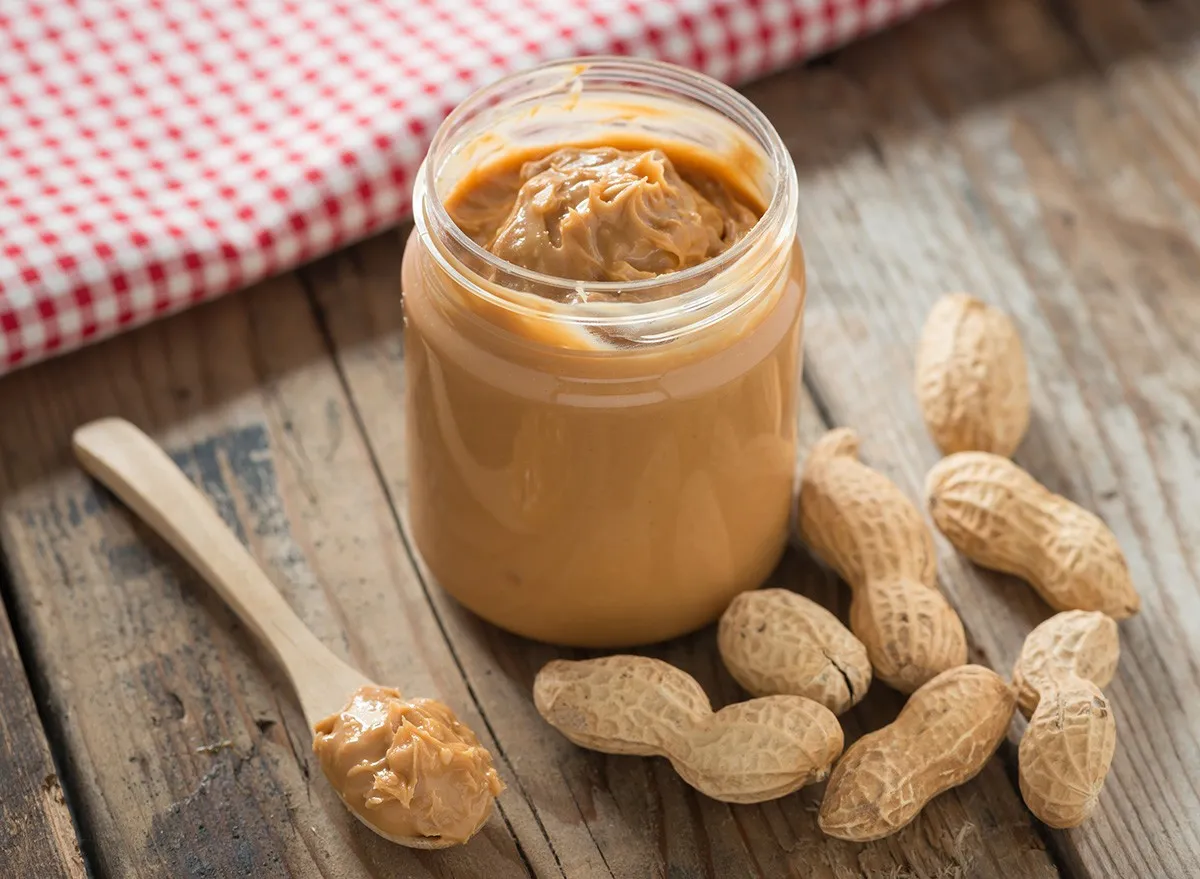
Peanut butter is another protein source you might want to rethink. "Peanut butter might be delicious, but it's more fat than protein. One serving has 190 calories with only 7g of protein. Not the protein source you thought!" says Dr. Dunlop. This is why lots of people prefer PB2 Powder for smoothies.
Nuts
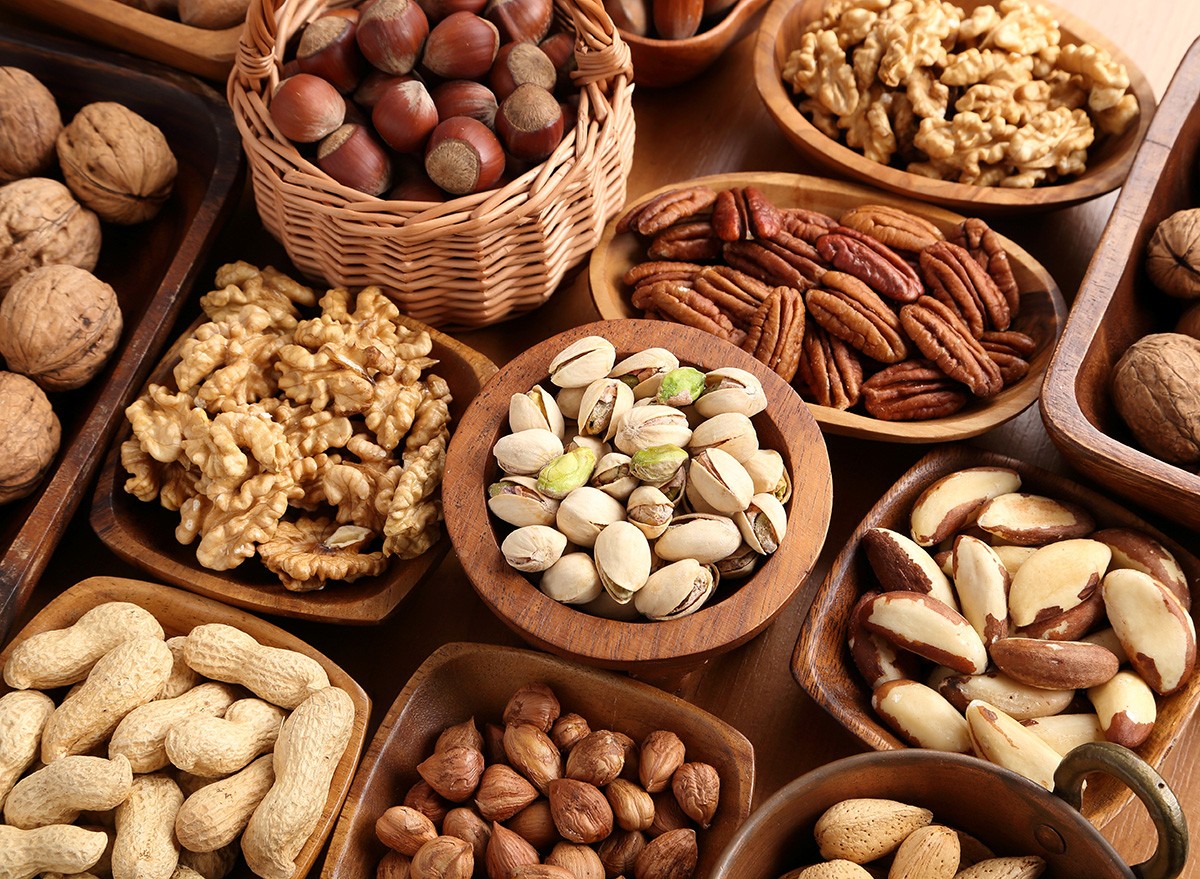
The last protein source you should be careful of? Nuts – all types! "Nuts are healthy, but they're mostly fat. They don't pack enough protein to be your primary source. Watch the portion size!" she says. And if you enjoyed this article, don't miss these 8 High-Protein Foods with Nearly Zero Calories That Melt Fat.




